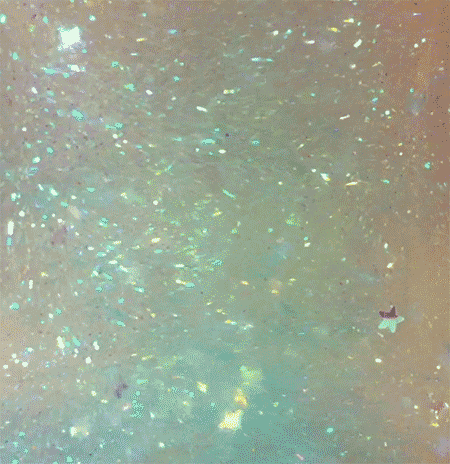Douglas, J. Yellowlees. The End of Books — Or Books Without End?: Reading Interactive Narratives.
This week has involved reading about reading interactive narratives – about the true never-ending story. Whilst I should have begun my understanding of hypertext and its relation to writing a couple of weeks ago, giving myself a crash course in its history by jumping all over the web, building my knowledge from bits and pieces, seems more immersive and appropriate to its definition. Instead of being given a long string of words to take in, hypertext allows you to choose your path of information input through hyperlinks like this**. Hypertext narratives take the link jumping business and put it into the form of a story where the reader can change how it begins, progresses, and ends each time they read it. It’s kind of like an R.L. Stine “Choose Your Own Adventure” book, only with a vast amount more options.
With that in mind, does that mean R.L. Stine wrote a primitive print version of hypertext?
I get the impression that hypertext fiction is like a book with an intelligence of its own. In print, different readers can have different interpretations of a story. It seems like hypertext must amplify this ten-fold – not just different interpretations, but different representations of characters, settings, locations entirely.
This difference between interactive and print narratives can make comparing accounts of what each reader thought the story was “about” […] infinitely more varied and problematic.
It’s like the hypertext narrative becomes a person, becomes a friend. Each reader it meets is granted a different impression and different memories to associate with it. It is a living story.
I would like to read some hypertext narratives to see if this is true.
by mog
